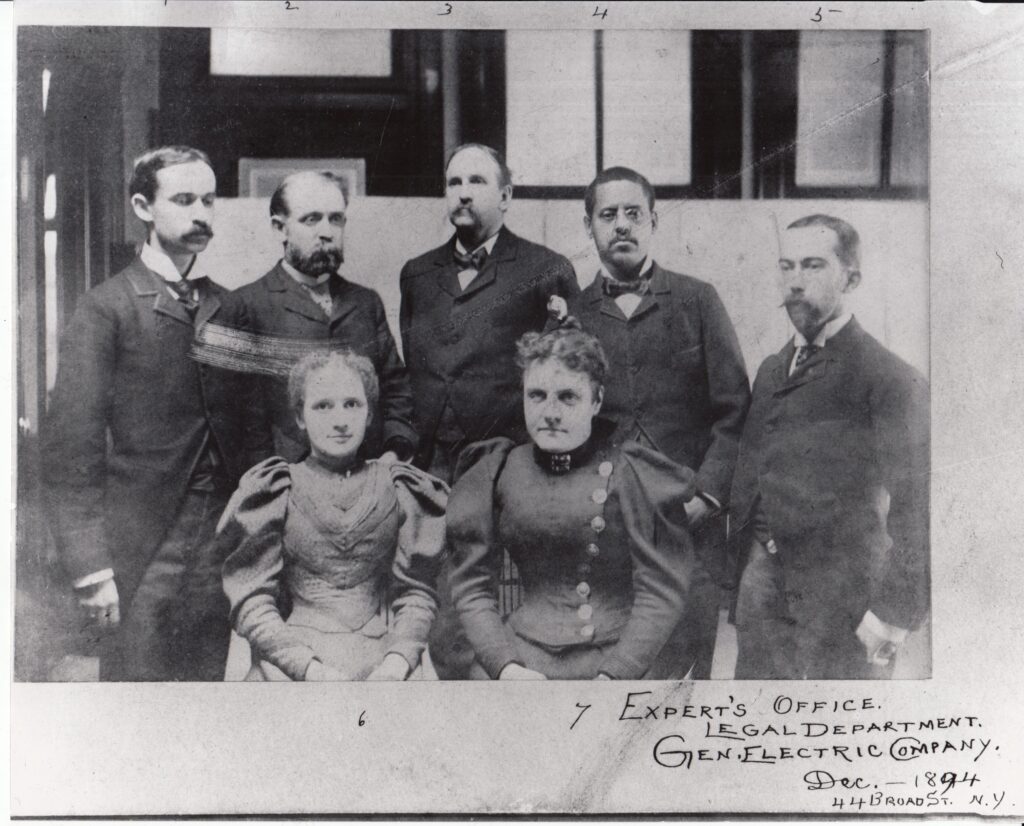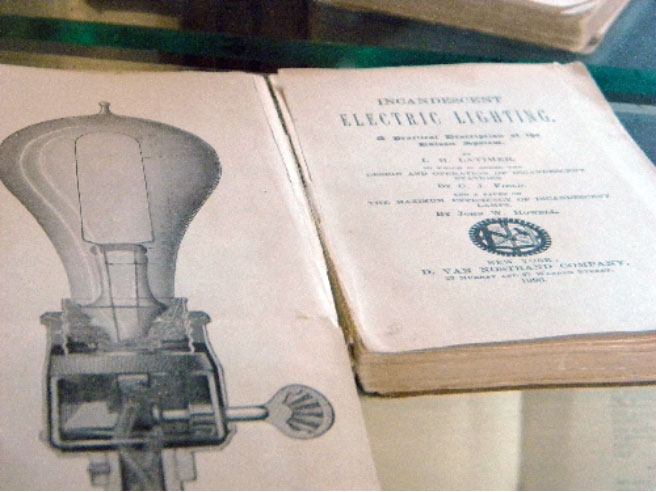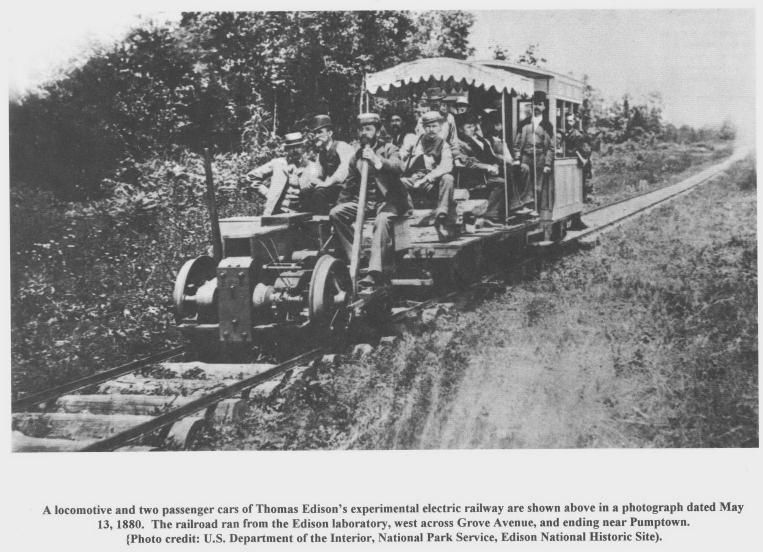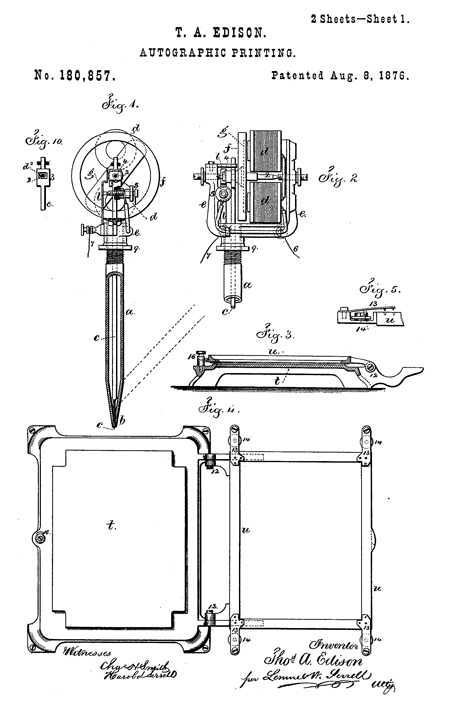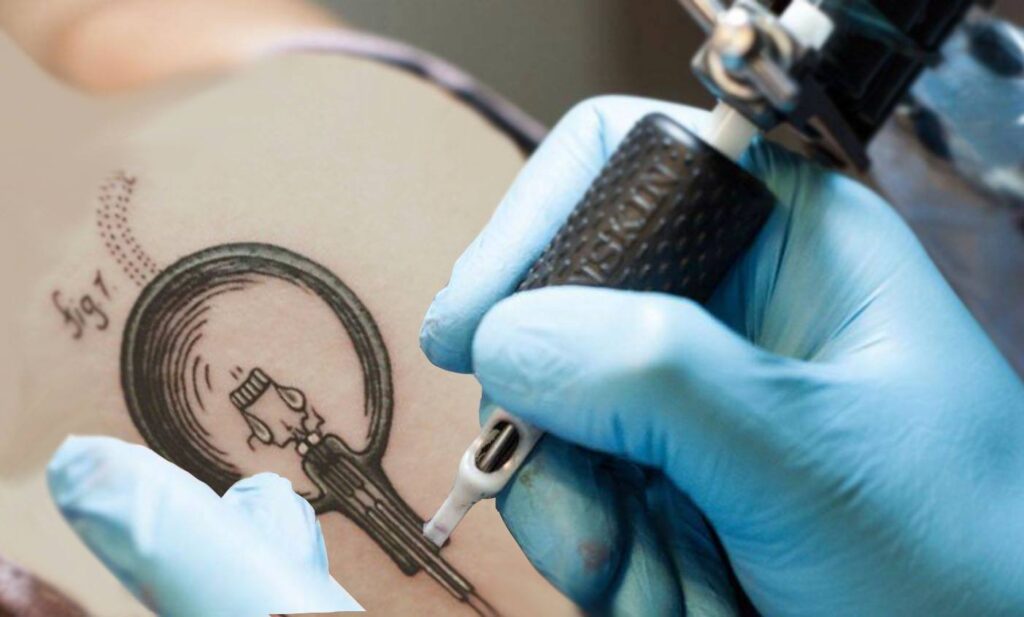Artificial Intelligence (AI) is a branch of computer science that can simulate human intelligence, such as reasoning, learning, problem-solving, and decision-making. Think of it as algorithms with certain sets of rules. AI systems have the ability to learn from the iteration of tasks where the computer data (aka machine learning algorithms) are fed to the system. Thomas Edison was a big fan of innovations that saved time and made life easier or more convenient for the public – That’s exactly what AI does.

One impressive recent example (some would also say “scary”) is a program called ChatGPT (Generative Pre-trained Transformer) from OpenAI. Within 5 days of it being launched, 5 million people were using it.
The tool can be used to fulfill many requests from answering questions to writing poems to having a conversation with you. It responds within seconds and reads as if a human has typed the response.
We are much past the days of Thomas Edison’s Ediphone that he created for efficient oral dictation “without the aid of stenographers.” As OpenAI has showed us, people can do a lot more jobs today without the help of others, thanks to AI.
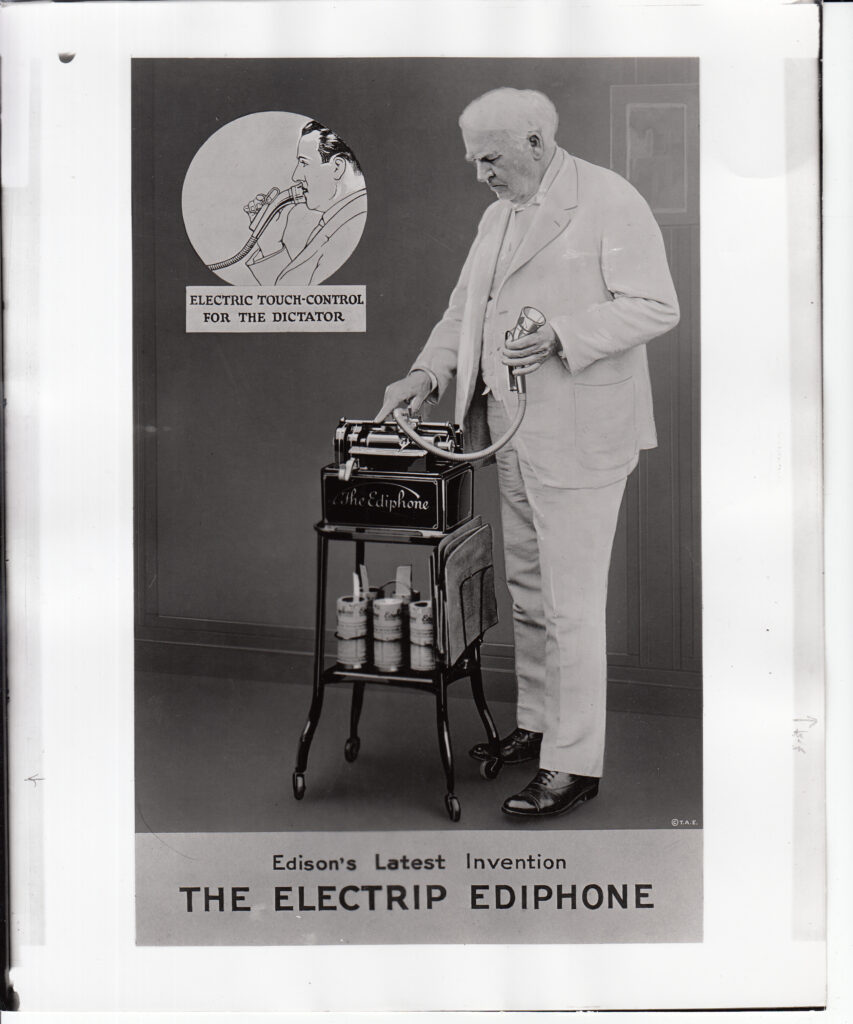
Can you imagine Thomas Edison with a personal assistant, perhaps affectionately named “Mina” after his wife, that could search his massive on-site technological library for information on what has been done before in certain key areas of interest? Think of the time he could have saved manually looking through books and technical reports!
Other Examples of Artificial Intelligence Technology That Would Impress Thomas Edison
- Alexa and Siri, personal home assistants (Alexa, will you turn on my incandescent light bulb?)
- Healthcare disease diagnosis–such systems (expert systems) have been in operation for close to 40 years
- Pattern recognition-these systems (neural networks) are able to discern data patterns both digitally and visually, such as facial recognition.
- Trouble-shooting systems; to determine root causes of hardware failures
- Fraud detection; looking for patterns or the forensics in financial transactions
- Prediction analytics; for potential future failures in subsystems and equipment
- Smart cars and drones; operation, navigation, and collision avoidance
- Text editors and autocorrect
- Social media and search algorithms that show you recommended content you’d like





